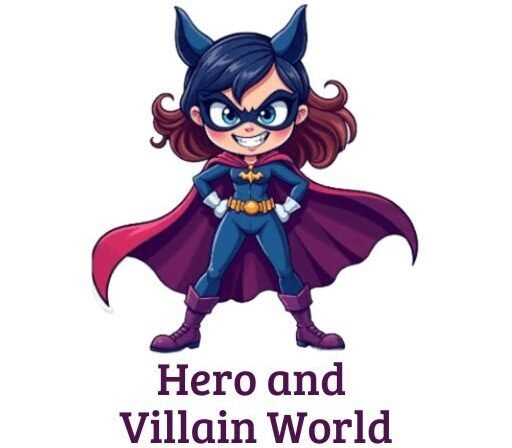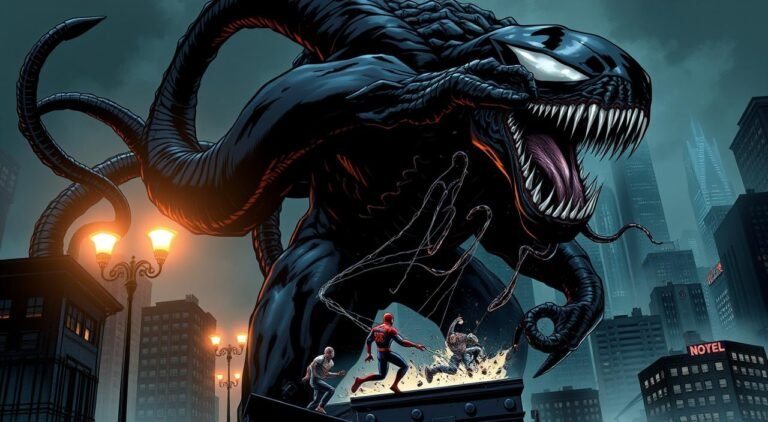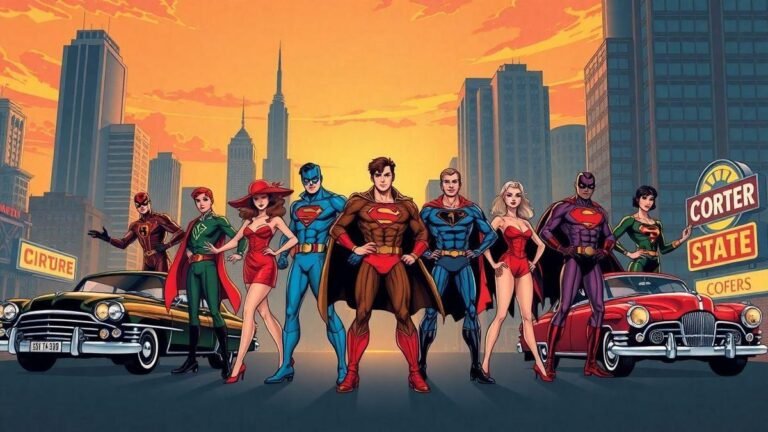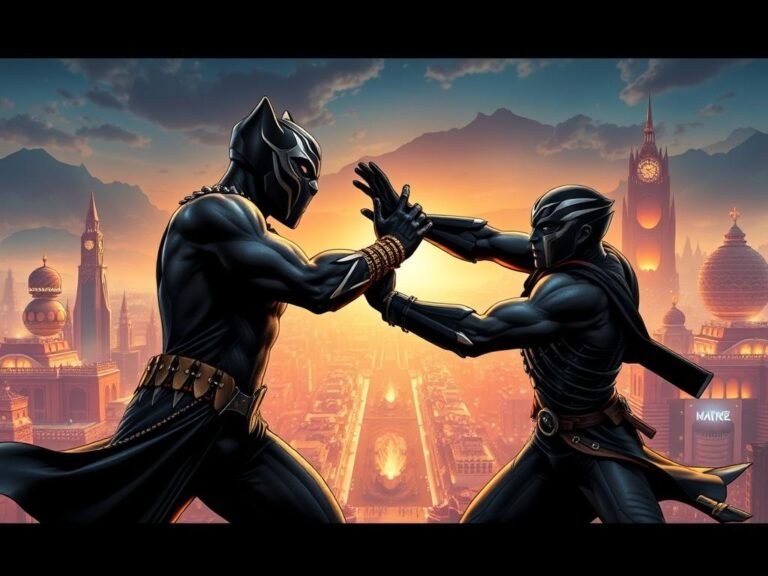Moon Knight’s New Persona Has A Dark Past
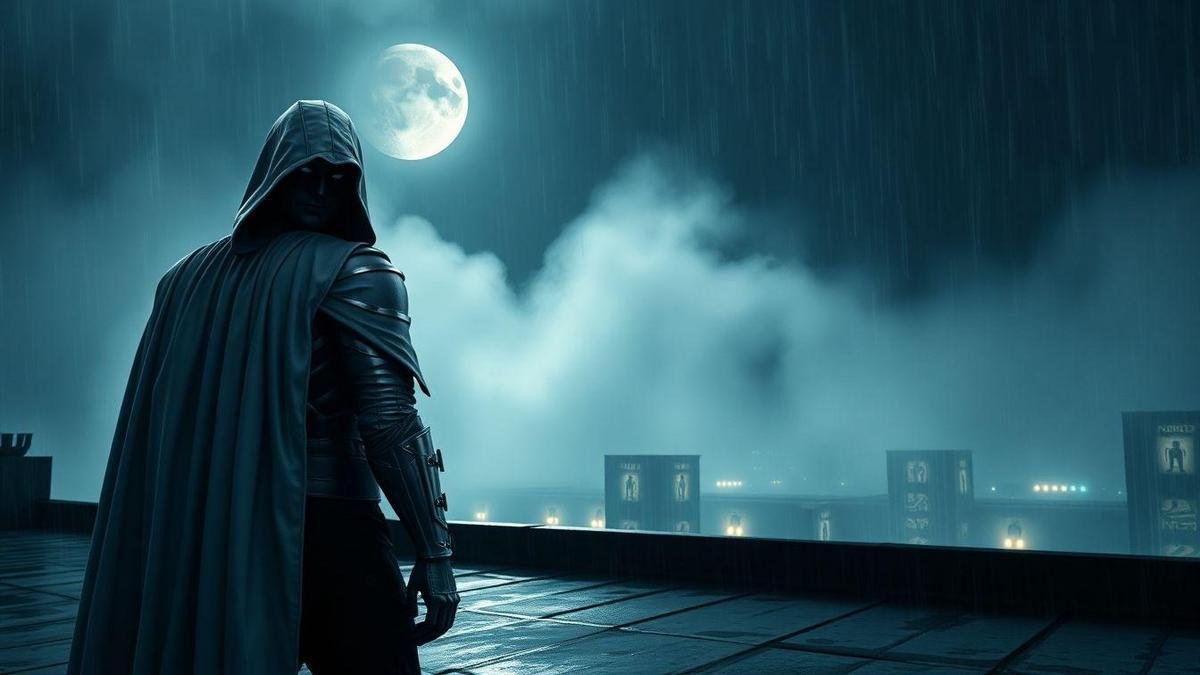
Moon Knight’s New Persona Has A Dark Past — this piece shows why. Walk through his mercenary days and the near‑death in Egypt that changed him. Spot his childhood trauma across comics and reboots.
Learn which key issues reveal his past. Unpack his split minds and DID clues. Meet Steven Grant, Jake Lockley, and Marc Spector and see what they reveal about his secret life. See how Khonshu shapes his persona and what the MCU reveals about his vigilante past. This intro primes you for a clear look at Moon Knight’s dark origins.
Key takeaway
- His new persona hides old crimes and deep trauma.
- Past pain shapes his choices as a vigilante.
- Internal conflict reads like a fractured memory map.
- Secrets threaten those around him; enemies can return.
- Read the comics and the MCU to trace clues.
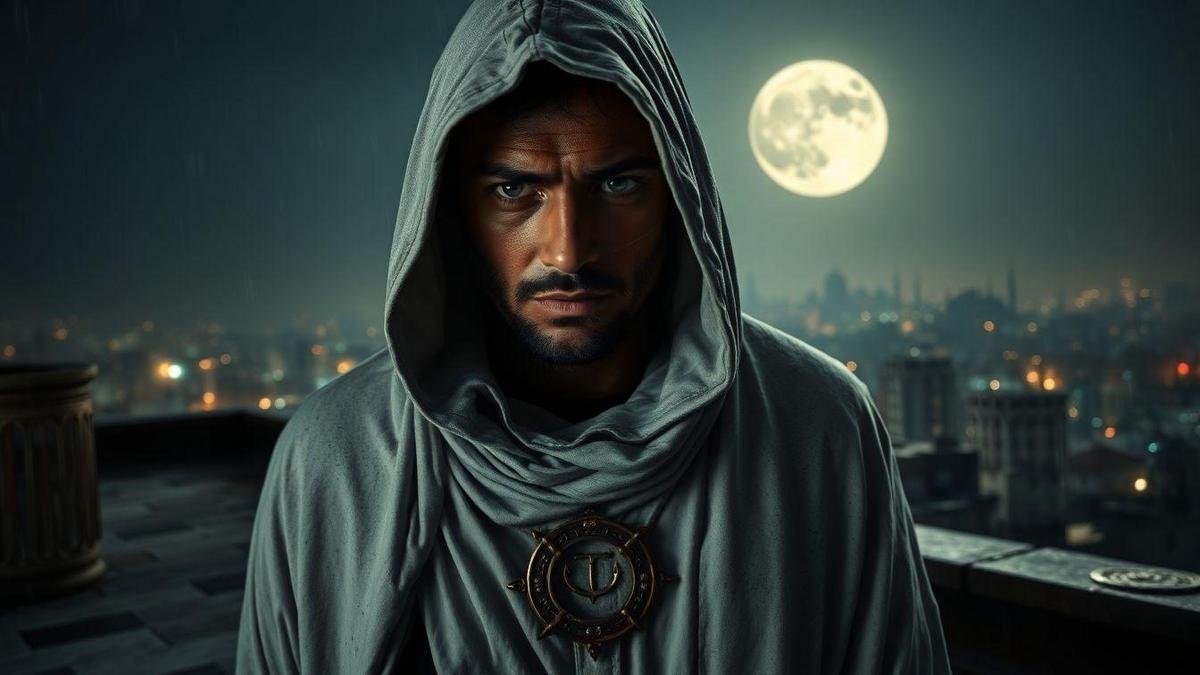
How you can trace Marc Spector’s traumatic origins in the comics
How Marc Spector’s mercenary past and near‑death in Egypt shaped him
You meet Marc Spector as a hardened mercenary—a life of violence and betrayal that led to a mission in Egypt gone wrong. Left for dead by Raoul Bushman, Marc had a near‑death encounter with Khonshu.
That moment is the turning point: a soldier becomes a vigilante. The near‑death experience and the losses that followed feed his trauma, driving him to adopt multiple identities and hunt criminals at night.
The comics trace his guilt and fractured memory back to that incident. For a broader timeline, see the Comprehensive comic history and origin overview.
How his childhood trauma appears across early issues and reboots
Early stories plant hints of Marc’s childhood hurt; later runs dig deeper. The pattern repeats: flashbacks, unreliable narration, nightmares, and isolation all point to a troubled past.
Different writers add layers—family problems, survivor guilt, and coping mechanisms—but the core stays consistent: childhood wounds help explain his later choices.
Look for:
- Flashbacks that interrupt present action.
- Unreliable narration that makes you question memory.
- Scenes of isolation or loss that shape his moral code.
Key comic issues that show Marc Spector’s traumatic origins
| Issue / Run | What it shows |
|---|---|
| Werewolf by Night #32 (1975) | Debut of Marc Spector; first hints of violent past and seed of the night persona. |
| Moon Knight (early Doug Moench stories) | Expands the Egypt incident, Bushman’s betrayal, and the origin of Khonshu’s link. |
| Moon Knight (2006, Charlie Huston) | Grittier tone; shows how trauma warps choices and behavior. |
| Vengeance of the Moon Knight (2009, Gregg Hurwitz) | Examines the cost of a mission‑driven life and its emotional fallout. |
| Moon Knight (2016, Jeff Lemire & Greg Smallwood) | Deep look at DID, memory gaps, and how childhood wounds echo into adulthood. |
Read these runs to see how writers layer Marc’s past. Together they map the route from boyhood hurt to the masked figure of the night; the way creators seed hints and payoff over time is a good example of foreshadowing in long‑form comics.
Moon Knight’s New Persona Has A Dark Past — why his split minds prove it
You see a man broken into parts. Marc Spector reads like a cracked mirror; each shard hides a different wound. That is why Moon Knight’s New Persona Has A Dark Past: trauma, survival, and a god named Khonshu braid together to form a darker self.
How the new persona’s dark past ties to dissociative identity disorder
In Moon Knight, DID functions as a coping tool. For clinical context, see the Authoritative overview of dissociative disorder symptoms. Under extreme pain, the mind can split to protect itself. In comics and the show:
- Trauma creates memory gaps and sudden mood swings.
- Personas act like shields, each carrying pieces of the past.
- Violence spikes when personalities clash or Khonshu pushes them.
Think of DID here as a crew in a leaking boat: some oars are strong, some are cracked. Together they keep afloat, but the boat tips toward danger when control slips.
Who Steven Grant, Jake Lockley, and Marc Spector reveal about the secret past
| Persona | Role | What it reveals |
|---|---|---|
| Marc Spector | The original: soldier/mercenary | Shows battlefield scars, anger, and survivor guilt. |
| Steven Grant | The polite, confused face | Reveals memory loss and the attempt to hide from pain. |
| Jake Lockley | Street‑level grit | Points to survival instincts and darker methods used to survive. |
These three don’t just share a body—they map a history of fights, loss, and messy choices. Read them together and the secret history emerges: repeated violence, moral fractures, and someone exploiting those fractures.
Khonshu’s influence on the persona
Khonshu resurrects Marc and offers power in exchange for obedience. That deal amplifies the darker edges of each persona:
- Khonshu rewards mission‑driven violence, pulling personas toward aggression.
- He can blur memories, making responsibility unclear.
- His voice functions like a puppeteer pulling levers inside a single mind.
For cultural and mythological background on the deity that inspired Marvel’s version, see the Background on Khonsu as moon deity. Imagine a puppeteer tugging at strings on a three‑headed puppet: each head answers differently, but the puppeteer sets the stage. Khonshu deepens the past and sharpens the new persona’s darkness.
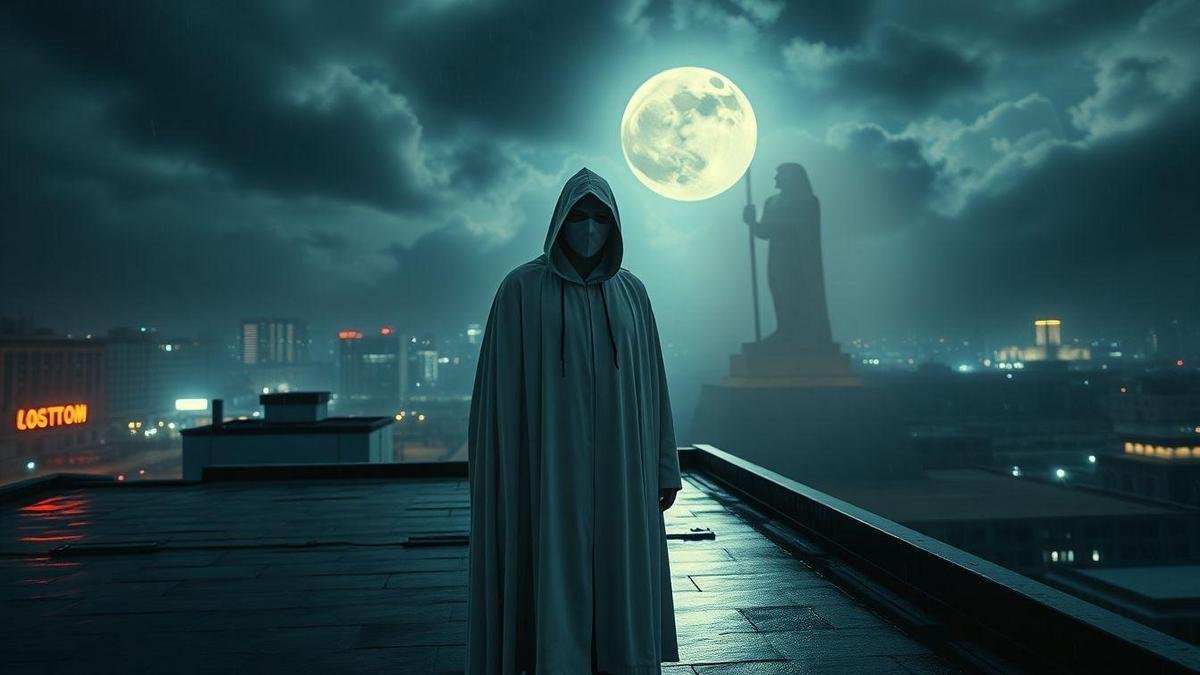
What the MCU reveals about Moon Knight’s vigilante past and dark history
The MCU peels back layers of Marc Spector’s life: he was a mercenary and a street‑level vigilante before Khonshu claimed him. The series ties his violence and memory gaps to both trauma and divine influence.
See the APA’s research on How trauma shapes memory and behavior for context on how trauma can affect identity and action. Key players—Arthur Harrow, Layla, and Khonshu—force past actions into the open, showing how his crimes and scars shape his present.
How the show uses scenes to unpack his dark past (MCU spoilers)
The series reveals the past with:
- Flashbacks to Cairo and digs that show violent events.
- Hallucinations and dissociative sequences where identities talk or fight.
- Confrontations with Khonshu and Harrow that force truth out.
- Symbolic items (tombs, amulets, scars) that trigger memory.
| Scene type | What it reveals | Why it matters |
|---|---|---|
| Flashbacks | Past fights and missions in Egypt | Shows violent history and memory gaps |
| Hallucinations | Arguments between identities | Conveys the mental fracture |
| Confrontations | Khonshu’s control; Harrow’s crimes | Reveals outside forces shaping him |
| Symbolic items | Lost memories return | Provides context for his actions |
These scenes land like punches, then hand you the pieces to put back together.
Key moments that reveal his vigilante past and psychological backstory
- Cairo flashbacks: Marc as brutal protector and hired soldier.
- Steven finding bruises and notes: Evidence of memory gaps.
- Harrow’s killings: How ideology justified violence.
- Khonshu speaking through Marc: Who gave power—and at what cost.
- The final battle and mid‑credits tease: hints of more alters, deeper wounds.
The series ties alter origins to trauma and divine interference: identities like Steven, Mr. Knight, and implied Jake Lockley act as coping tools, while Khonshu gives each a role.
Moon Knight’s New Persona Has A Dark Past — what that means
When you look closer, the pieces—Marc Spector, Steven Grant, Jake Lockley—read like shards of a broken mirror. Each hides memory, motive, and a role. DID becomes a survival map; Khonshu turns survival tools into weapons.
That combination is why Moon Knight’s new persona has a dark past: his identity is sewn together from violence, loss, and a god’s demands.
What this means for viewers and readers:
- Moral lines blur and actions carry more weight.
- Old enemies, buried secrets, and hidden alters are likely to return.
- The comics and MCU drop clear clues—flashbacks, hallucinations, confrontations—that you can follow to trace his origins; the methods creators use to seed those clues are discussed in pieces about foreshadowing and unreliable narration.
If you want more breakdowns and deep dives, read the site’s take on Moon Knight’s reimagining.
Frequently asked questions
A: It means his new identity conceals old crimes, deep trauma, and choices made under duress.
A: You may feel more pity or fear. His decisions carry added moral weight; you’ll watch for signs of other alters and buried memories.
A: Yes. It connects to past enemies, cults, and allies who shaped his path—bringing new conflicts and uneasy alliances; see discussions of iconic Marvel villains for context.
A: Through layered flashbacks, hallucinations, symbolic artifacts, and confrontations that gradually piece his history together.
A: Yes. Expect grit, moral gray areas, and tense, emotionally heavy scenes. Take breaks if it becomes intense.
